Choosing the Right Industrial Storage Solution for Your Needs

In industrial operations, your role in selecting efficient storage solutions is crucial for maintaining productivity, safety, and organization. Whether you’re managing a warehouse, manufacturing plant, or distribution center, your choice of the right storage system can significantly impact your operational efficiency and bottom line. Here’s a guide to help you, as a key decision-maker, choose the right industrial storage solution for your needs.
Assessing Your Storage Needs
The first step in choosing the proper storage solution is thoroughly assessing your needs. Consider the following factors:
Inventory Type and Volume:
- What kinds of items are you storing? Are they raw materials, finished products, or equipment?
- How much inventory do you handle on average?
- Are the items bulky, heavy, or delicate?
Space Availability:
- Measure the dimensions of your available storage area.
- Consider the height of your facility; vertical space can be utilized with the proper storage solutions.
Accessibility Requirements:
- How frequently do you need to access stored items?
- Do you need quick retrieval for certain items?
- Are there any specific ergonomic considerations for your workforce?
Future Growth:
- Are you planning to expand your operations?
- Will your storage needs change over time?
Types of Industrial Storage Solutions
Once you have a clear understanding of your needs, you can explore the various types of storage solutions available. Here are some standard options:
Pallet Racking Systems:
- Selective Racking: Ideal for warehouses with a high turnover of inventory. It provides easy access to each pallet.
- Drive-In/Drive-Through Racking: Suitable for large quantities of homogeneous products. Maximizes storage space by allowing forklifts to drive directly into the rack.
- Push-Back Racking: Allows for multiple pallets to be stored on a single level, with each pallet pushing the previous one back as it is loaded.
- Cantilever Racking: Best for storing long, bulky items like lumber, pipes, or metal sheets.
Shelving Systems:
- Boltless Shelving: Easy to assemble and adjust, suitable for lighter loads.
- Wire Shelving: Provides good visibility and air circulation, ideal for smaller items.
- Heavy-Duty Shelving: Designed for heavier items, offering robust support and durability.
Mezzanine Floors:
- Utilize vertical space by adding additional floors within your existing facility. Mezzanines can double your storage area without the need for building extensions.
Automated Storage and Retrieval Systems (AS/RS):
- High-tech solutions that use computer-controlled systems to place and retrieve loads from defined storage locations automatically. Though these systems enhance efficiency and accuracy, they come with a higher initial investment.
Container Storage:
- Bins and Totes: Ideal for organizing small parts and components.
- Bulk Containers: Suitable for storing large quantities of items that can be easily stacked.
Considerations for Optimal Storage Solutions
When selecting your storage solution, consider these additional factors to ensure optimal performance:
Load Capacity:
- Ensure the storage system can handle the weight of your items.
- Verify the maximum load capacity per shelf or pallet rack.
Durability and Maintenance:
- Choose durable and suitable materials for your environment (e.g., steel for heavy-duty needs, rust-resistant materials for humid environments).
- Consider the ease of maintenance and repair.
Safety:
- Ensure the storage solution meets safety regulations and standards.
- Implement safety features such as rack guards, safety nets, and proper labeling.
Cost and Budget:
- Balance your budget with your storage needs. While cost-effective solutions are essential, investing in quality and durability can save money in the long run.
Scalability:
- Opt for systems that can be easily expanded or reconfigured as your storage needs grow or change.
Conclusion
Choosing the right industrial storage solution is a critical decision that impacts your efficiency, safety, and overall operational success. You can select a solution that perfectly fits your requirements by thoroughly assessing your needs, exploring different types of storage systems, and considering factors such as load capacity, durability, safety, cost, and scalability. Investing in the proper storage system optimizes your space, enhances your productivity, and supports the growth of your business.
Newsletter
Don't miss a thing!
Sign up to receive daily news
Recent Posts
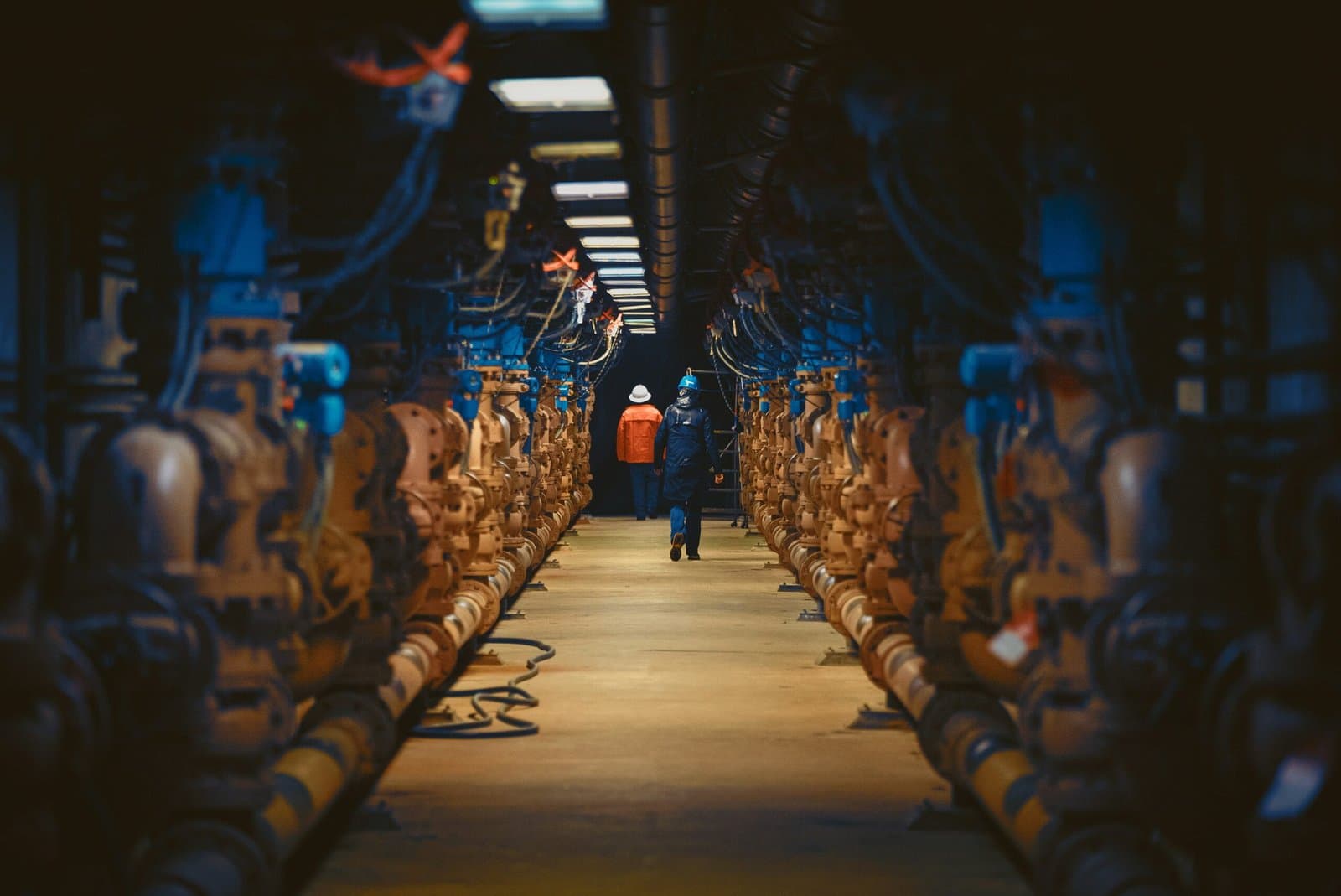
august 30, 2025
Decommissioning a Facility: How to Turn It into a Profitable Venture
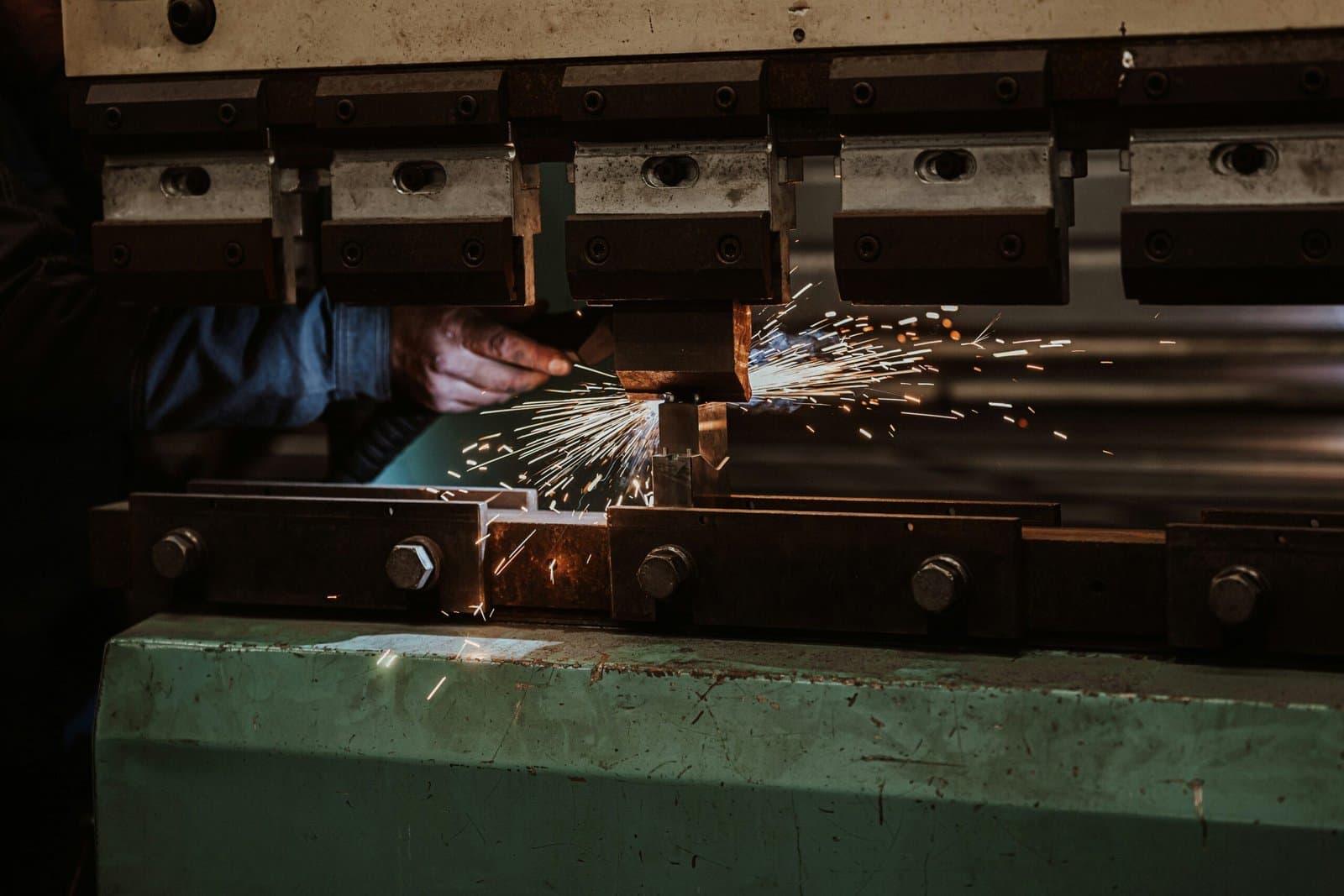
august 25, 2025
Hydraulic Press Maintenance 101
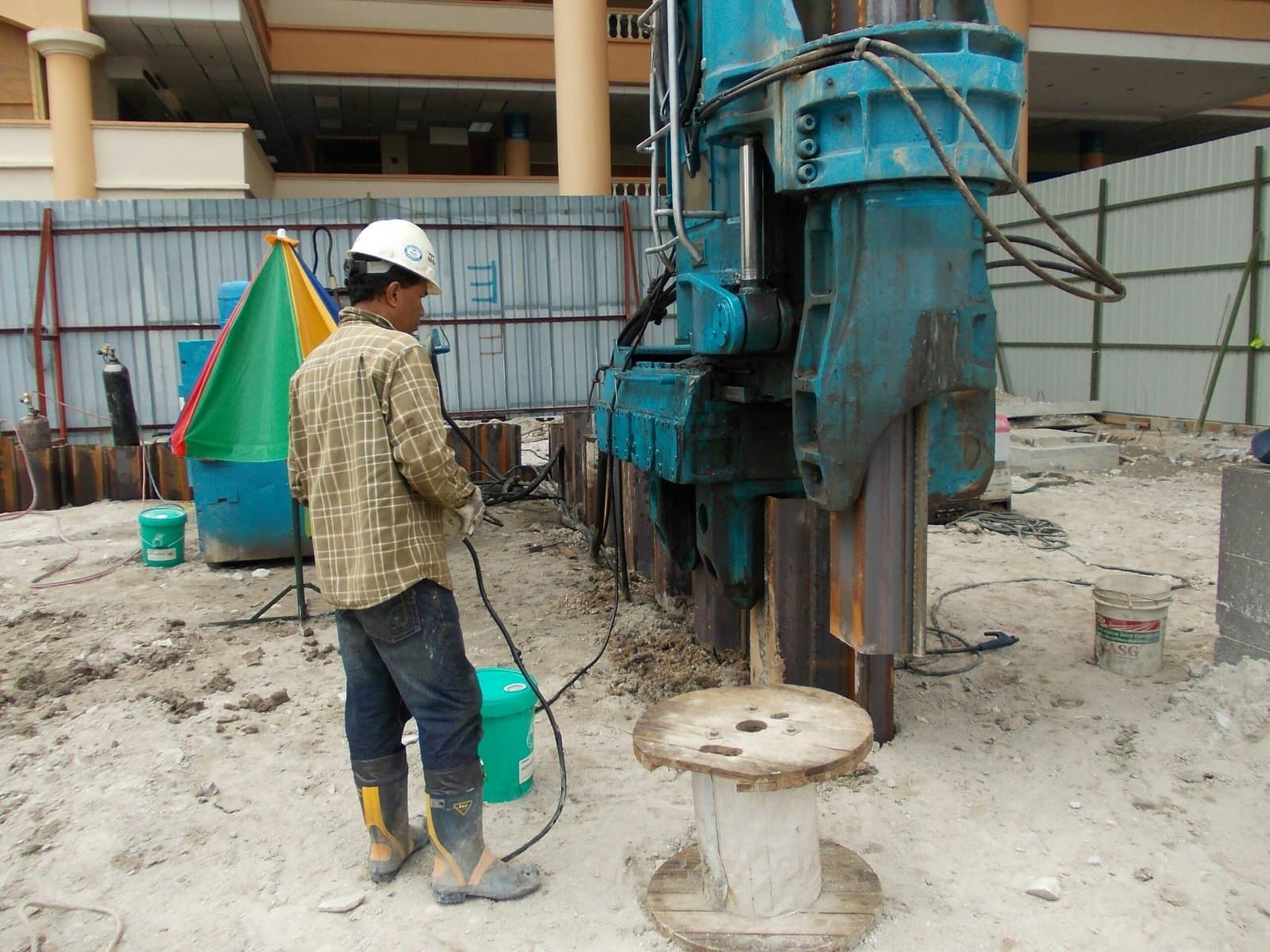
august 18, 2025
Rigging Machinery: The Challenge of Moving and Installing Outdated vs. Modern Equipment
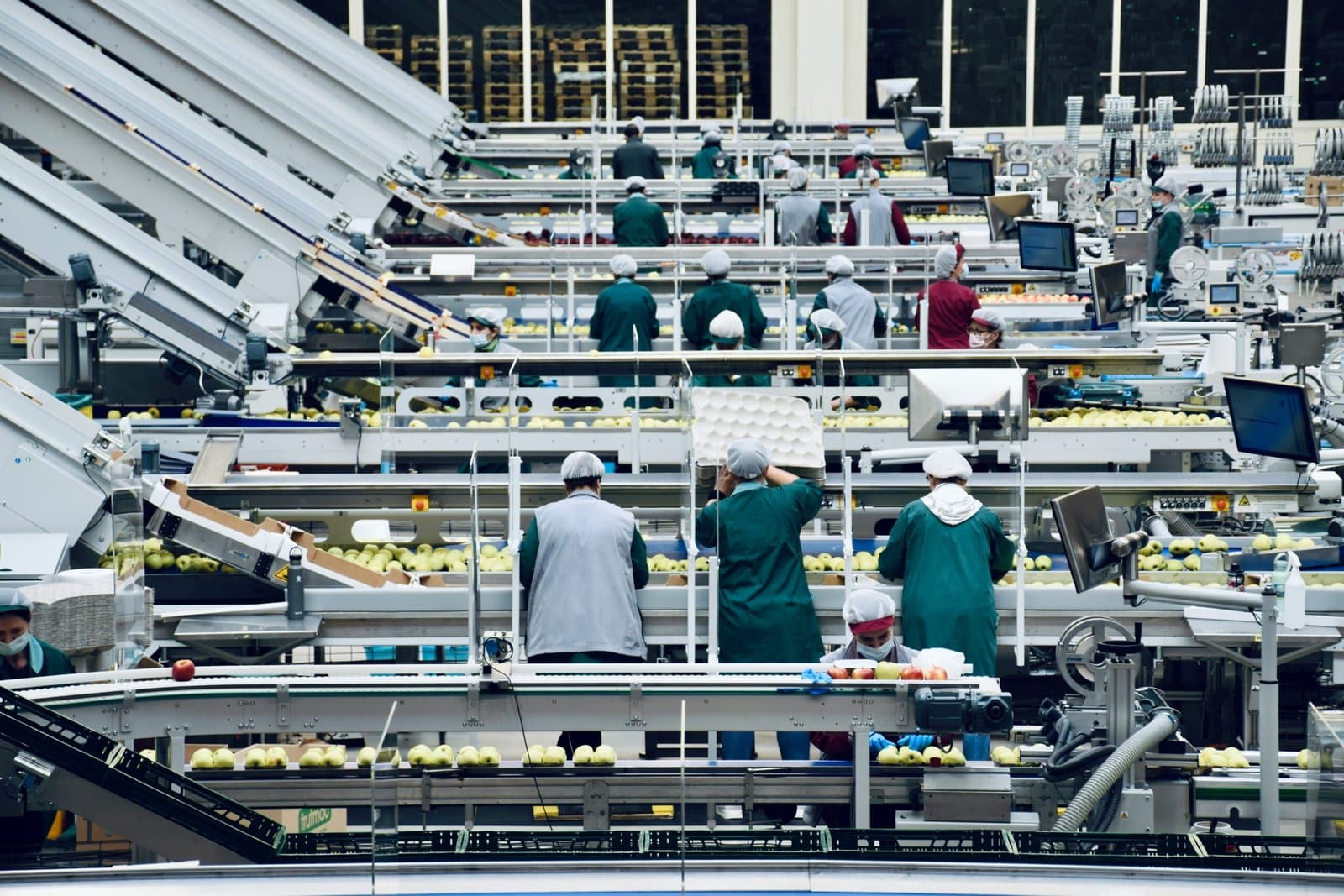
august 16, 2025
Conveyor System Maintenance: 5 Early Warning Signs of Failure
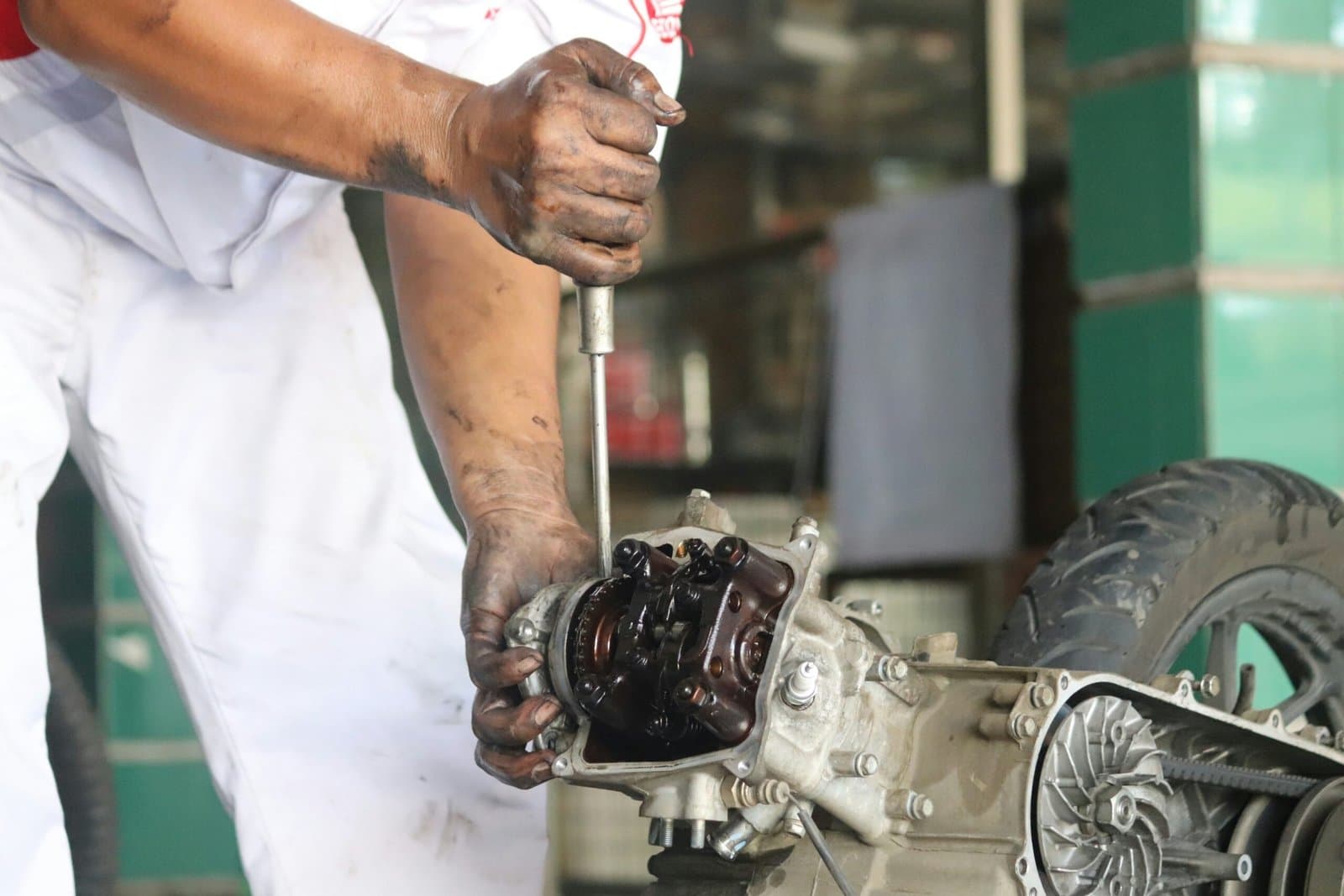
august 14, 2025
Predictive Maintenance: The Smarter Alternative to Costly Reactive Repairs

august 11, 2025